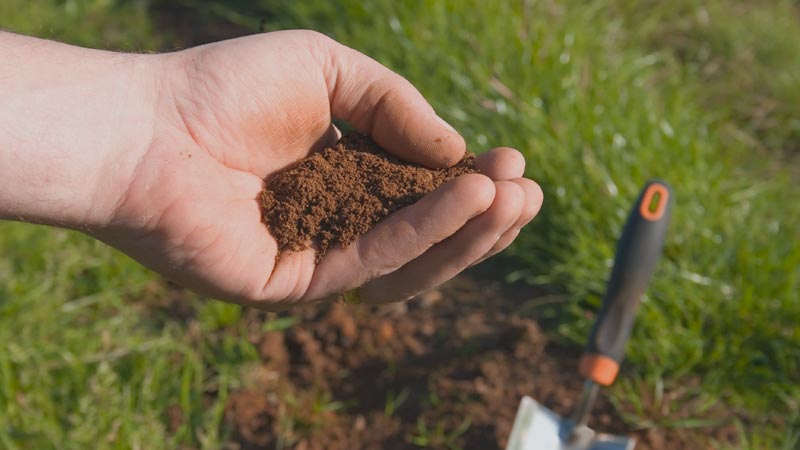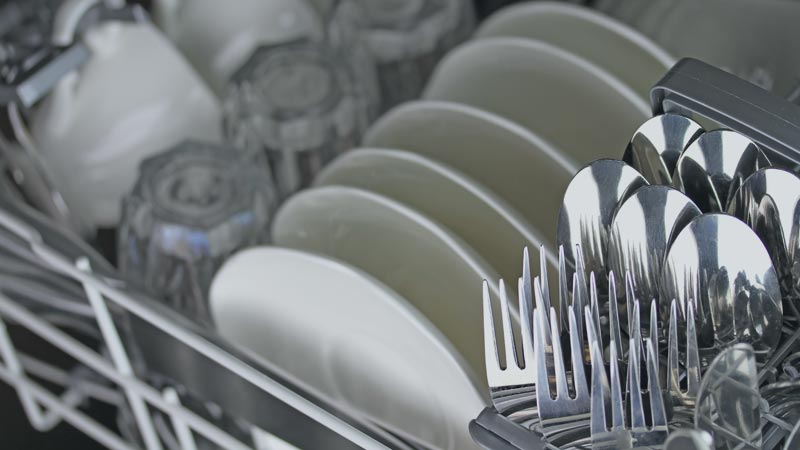Lawn Watering Tips for Water Conscious Homeowners
These irrigation and water saving methods can help you keep your lawn lush while helping to protect water quality standards in your area.
Each U.S. climate zone creates its own hardship for homeowners who want the ideal green and weed-free yard but are also conscious of their impact on local water resources. The following are lawn watering tips for both protecting water quality standards in your area and not using more water than necessary to ensure that your home still has curb appeal.
Lawn Watering Tips to Meet Water Quality Standards
1) Test your soil, then give your lawn only what it needs
If you live in a home that was only recently built, your soil more than likely needs a fertilizer boost in order to grow a healthy lawn. If your lawn has been established for a while, though, your soil might be pretty healthy.
A soil test kit can show you where yours is deficient. Once you know what your soil’s needs are, only apply those lawn chemicals that are truly necessary. Non-synthetic options like a light topdressing of compost or mature manure, cottonseed meal or blood meal are especially environmentally friendly options.
When you over-fertilize, giving your lawn more than it needs or can use, the excess nutrients either seep down into the water table through the soil, or run off and enter waterways through gutters and storm drains.
Too much accumulated nitrogen or phosphorous (the first and second numbers on a bag of fertilizer) can stimulate growth of aquatic plants in surface waters and remove the oxygen that fish and other aquatic organisms need to survive. The result is often a foul-smelling, slimy green lake, unusable for recreation and potentially even toxic to both its inhabitants and pets.
In addition, excess nitrogen as nitrate in drinking water is harmful and potentially toxic to animals, babies, and pregnant women. Aquifers can span hundreds of miles, and storm drains eventually lead to surface waters, so your cultural practices will affect waterways no matter where you live. If you live on a lake or have a creek on your property, your responsibility is just that much greater and you’ll want to maintain a natural buffer of at least 10 feet between your lawn and the body of water.
2) Be mindful of your grass clippings
Leaving some of your grass clippings to be dispersed as a compost is an environmentally friendly (and convenient) way to get nutrients back into the soil. Just be sure not to get clippings into gutters or storm drains and not to let too thick of a layer to be spread over your lawn. This will block sunlight and inhibit growth. It can also repel water, causing runoff and waste. Be sure to bag your clippings if it has been a while since your last mow.
3) Hire a lawn service that focuses on the health of the grass root
If you are concerned about water usage in your lawn, but don’t have time to care for your yard yourself, choose a service that focuses on the health of the root over the appearance of the grass blade. The stronger the root, the stronger the plant, and the less my lawn will need fertilizers and herbicides. While services like this tend to be a little more expensive, they produce a healthier lawn that can better withstand adverse conditions, and you’ll be able to reduce your reliance on them over time.
Water Saving Irrigation Methods
1) Water deeply, less often
While frequent, light waterings will keep your lawn green, the roots will concentrate in the first inch or two of soil and never even try to grow deeper. Instead, time your sprinkler irrigation system to taper your watering schedule off to the point that you’re only watering deeply once or twice per week.
Not only will you save water, but by encouraging the roots to grow deep into the soil, your lawn will be better able to gather and hold nutrients, which will allow it to grow better and look better, and keep those excess nutrients out of the water supply.
You’ll need to be aware, though, that watering like this can tend to dry out the top layer of soil, and dry soil + heavy watering = runoff. If your soil is dry when it’s time to water, give it a very light watering at first. Wait an hour or two, then water it deeply. By pre-moistening the soil, it will be better able to absorb the deep watering.
2) Overseed with location-specific varieties
A quick internet search should arm you with a list of turf varieties that thrive in your area, but here’s a short list of drought-resistant grasses to get you started.
Another option is to choose a mix of grass and non-grass turf, like Earth Turf which uses Microclover in conjunction with drought-tolerant grass varieties. The Microclover requires less water than grass, and as a bonus it will shade out weeds and actually help nourish the soil, cutting the need for both herbicides and fertilizers.
Whether starting fresh or overseeding an existing lawn, you’ll want to wait until the fall. While spring is technically cool and wet enough to get new grass growing, its roots won’t have time to establish before the heat of the summer and you’ll end up having to water far more often just to keep your new lawn alive. Waiting until fall will ensure a healthier lawn, with a much lower water footprint.
3) Be smart about when you water
You’ve heard this before, but I’d be remiss if I didn’t include it here. Don’t set your system to water in the heat of the day. Up to thirty percent of water is lost due to evaporation when you water when the sun is at its hottest. Rather, water early in the morning or wait until the evening.
4) Aerate in the Fall
Aerating your lawn pulls cores from your lawn’s soil profile, which reduces compaction, helps your lawn establish better, and allows water to penetrate deeper, all of which lead to a healthier lawn that’s less reliant on water resources. The practice exposes your lawn’s roots to the sun, though, so you’ll want to wait until fall. Otherwise, you’ll find yourself applying more water to keep your lawn healthy.
5) Get a Rain Barrel
Hook a rain barrel up to one of your gutters and you not only have an instant water source for your lawn and landscape, but you’ll also be capturing and using water that might otherwise run off your lawn carrying debris and contaminants into the storm sewer. Check around to see if your city offers free rain barrels, make one out of a plastic tote bin, or purchase a ready-made barrel to start conserving.
6) Check Your Mowing Practices
Keeping your mowing height taller will shade the soil, thus preventing it from drying out and allowing you to use less water. A taller lawn also shades out weeds, so you’ll enjoy the bonus of having to use fewer lawn chemicals to keep the weeds at bay. You’ll also want to keep your mower blade sharp. A dull blade will give a rough cut to your lawn, causing ragged edges that appear dry and brown, which might lead you to believe it needs more water than it actually does.
7) Keep your lawn thatch free
Thatch is a thick layer of organic matter like dead roots, stems and clippings. Accumulated thatch will act as a barrier and actually repel water. Keep your lawn free from thatch by using a thatch rake or a dethatching machine, or mowing often to keep clippings small and light. This will ensure that your lawn absorbs every bit of water so you can water more sparingly.





